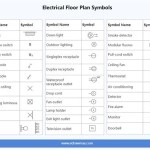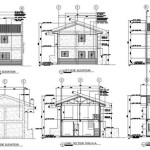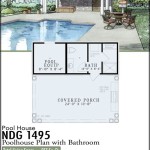Essential Aspects of Tiny Home Floor Plan Maker
Designing a tiny home can be an exciting and challenging endeavor. Optimizing space while maximizing functionality is crucial. A tiny home floor plan maker can be an invaluable tool in this process, empowering you to create a customized and functional layout. Here are some essential aspects to consider when choosing and using a floor plan maker:
User-Friendliness
The floor plan maker should be user-friendly, allowing you to easily create and modify your design. Look for features such as intuitive drag-and-drop functionality, pre-designed templates, and a library of common elements (e.g., furniture, fixtures, appliances).
Customization
Customization options are paramount. The floor plan maker should enable you to fully customize your design to meet your specific needs. This includes adjusting room dimensions, adding windows and doors, and incorporating custom features (e.g., loft spaces, built-in storage).
Realistic Dimensions and Constraints
Ensure the floor plan maker allows you to create realistic floor plans with accurate dimensions. It should take into account building codes and construction limitations. This helps avoid potential problems during the construction phase.
3D Visualization and Walkthrough
3D visualization and walkthrough capabilities provide a comprehensive understanding of your design. You can visualize the space more realistically and identify potential issues before construction begins. This feature can significantly enhance the design process.
Cost Estimation and Material Calculator
Consider floor plan makers that offer cost estimation tools. These can provide an approximate estimate of construction costs based on your design. Additionally, a material calculator can help you determine the quantity of materials you need, aiding in budgeting and material procurement.
Integration with Other Tools
If you plan to use other tools (e.g., 3D modeling software, project management apps), ensure the floor plan maker integrates with them seamlessly. This allows you to export your floor plan and continue working on it in other applications.
Mobile Compatibility and Cloud Storage
Mobile compatibility and cloud storage are convenient features. They enable you to access and edit your floor plans from anywhere, using your smartphone or tablet. Cloud storage ensures your designs are securely backed up and accessible from multiple devices.
Price and Support
Consider the pricing structure of the floor plan maker. Free or low-cost options are available, but they may offer limited functionality. Paid versions typically provide more advanced features and support. Additionally, check the level of support available, such as documentation, tutorials, and customer service.
Conclusion
Choosing a tiny home floor plan maker is a crucial step in designing your dream home. By considering the essential aspects outlined above, you can select a tool that meets your specific needs and empowers you to create a functional and visually appealing floor plan. A well-crafted floor plan is the foundation for a successful tiny home build, ensuring efficient use of space and maximum comfort.

Easy Tiny House Floor Plan Designs

Tiny House Plan Examples

Tiny House Floor Plans 32 Long Home On Wheels Design Trailer

A Three Full Bed Tiny House Design Floor Plan With Twin And Queen Upstairs No Storage Loft Plans Small

10 X 20 Tiny Home Designs Floorplans Costs And Inspiration The Life

Family Tiny House Design Floor Plans Layout

Small Home Design Live 3d

Tiny House Design Floor Plans

How To Design Your Tiny House Floor Plan Project Small

Popular Tiny Home Builder Plans Cad Pro








